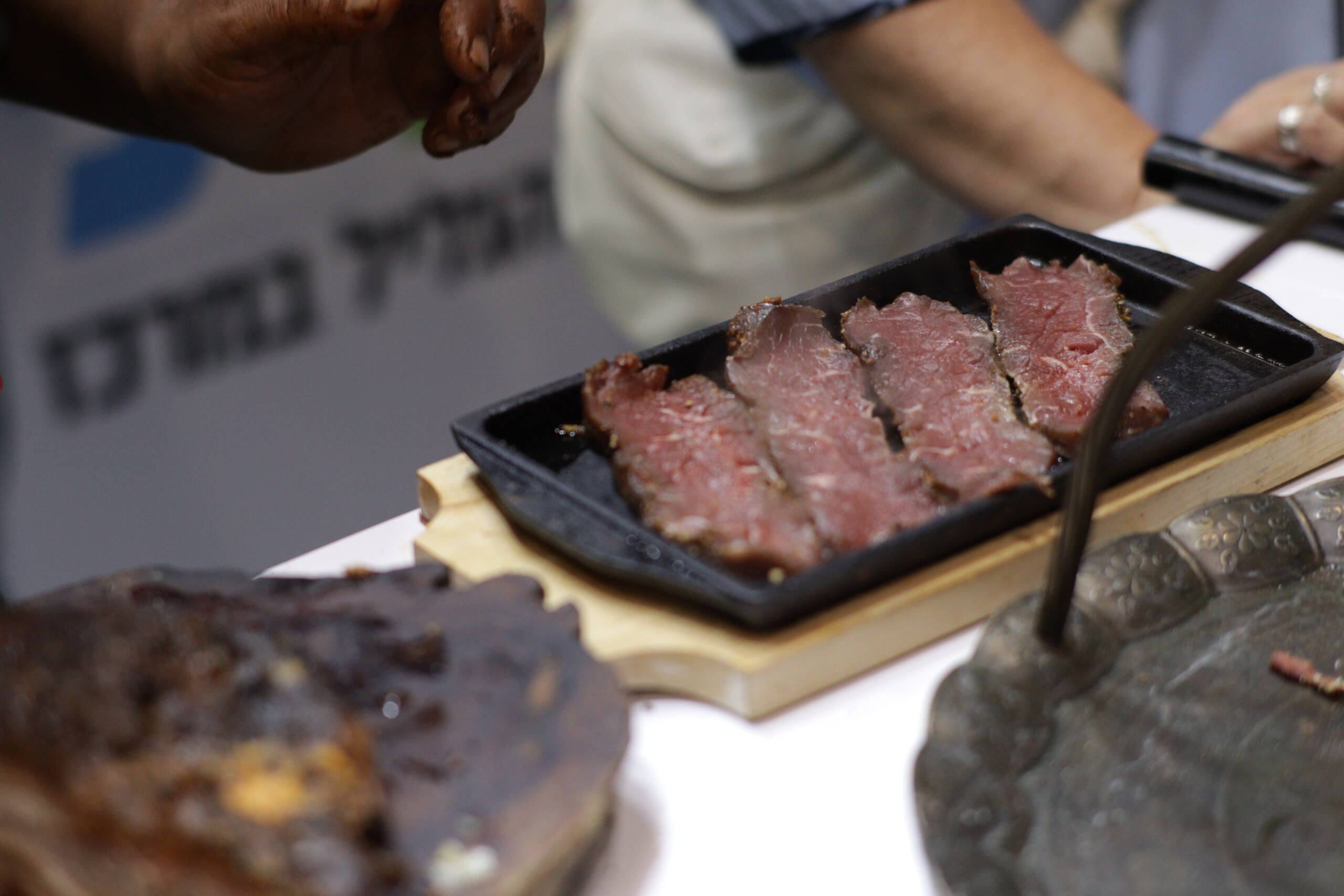Laid across the small sizzling tray, the thin, marbled slices of beef in the photo immediately evoke one of Korea’s most celebrated dining experiences—grilling fresh cuts of beef right at the table. Known locally as gogi-gui, Korean barbecue has become synonymous with conviviality, flavor, and an artistry that treats beef with the respect it deserves. These slices, richly red and delicately lined with fat, are exactly the kind of cuts prized in Korean cuisine, meant to be cooked briefly, just enough to sear the outside while keeping the inside tender and juicy.

Korean beef, especially the highly regarded hanwoo, holds a place of honor in the country’s food culture. Valued for its fine marbling and clean, slightly sweet taste, it is often served unadorned so that diners can fully appreciate its natural flavor. The ritual begins when the slices hit the grill or pan, releasing a hiss and a savory aroma that fills the air. Soon after, each piece is lifted with chopsticks, sometimes dipped in sesame oil mixed with salt and pepper, or wrapped in fresh lettuce with garlic, kimchi, and a smear of doenjang paste. The balance of flavors—rich beef, crisp greens, spicy condiments—makes every bite an explosion of contrasts and harmony.
For travelers, sitting at a Korean table where the grill is at the center is as much about community as it is about taste. It’s a shared experience of cooking, tasting, and passing plates, one that breaks down barriers and turns a meal into a celebration. Culinary tourism thrives on these sensory, participatory moments: the sound of sizzling beef, the scent of smoke, the satisfaction of customizing each bite to your own preference.
What makes Korean beef especially memorable is the way it ties together history, tradition, and modern dining culture. Whether you’re in a bustling Seoul barbecue house or a countryside eatery specializing in hanwoo, the experience remains the same: a chance to savor some of the finest beef in the world while engaging in a meal that is communal, lively, and deeply rooted in Korean identity. It’s not just food—it’s an invitation into the heart of Korea’s culinary soul.
Leave a Reply